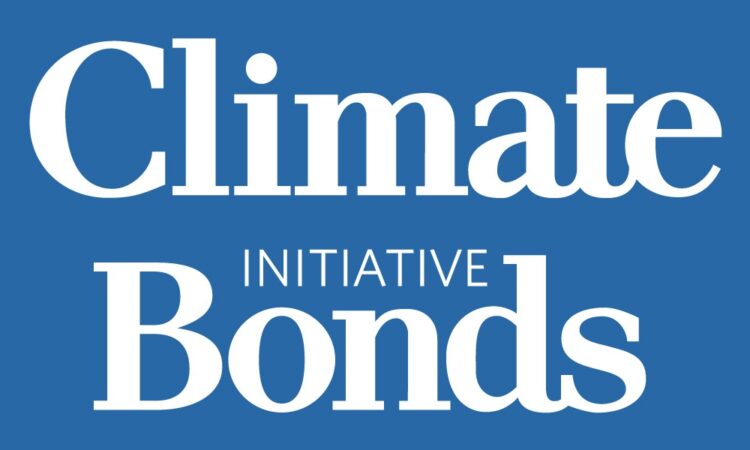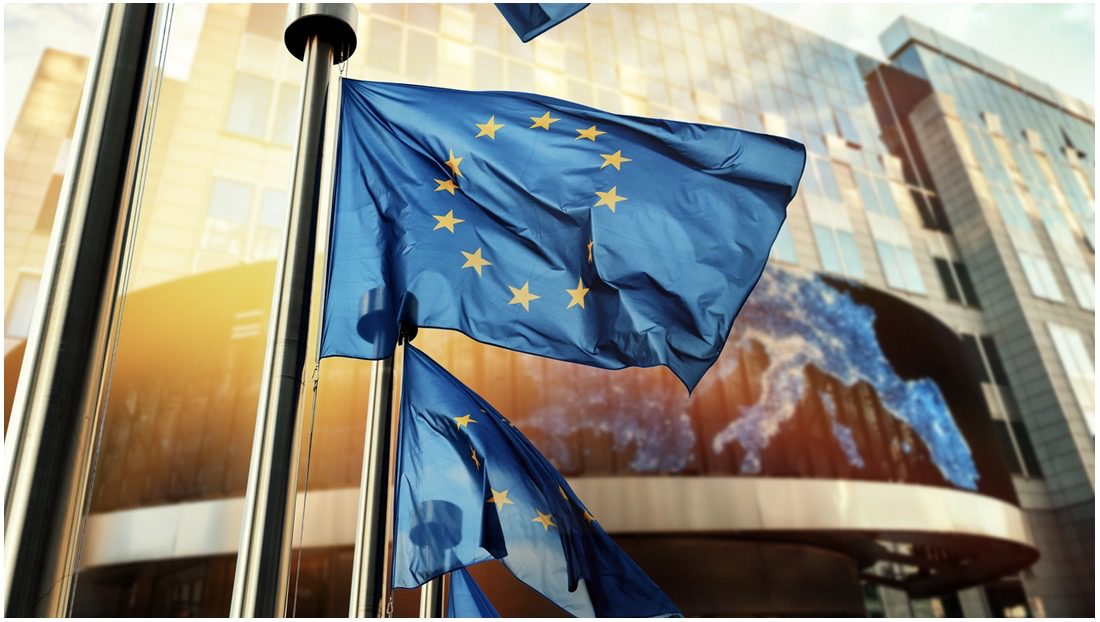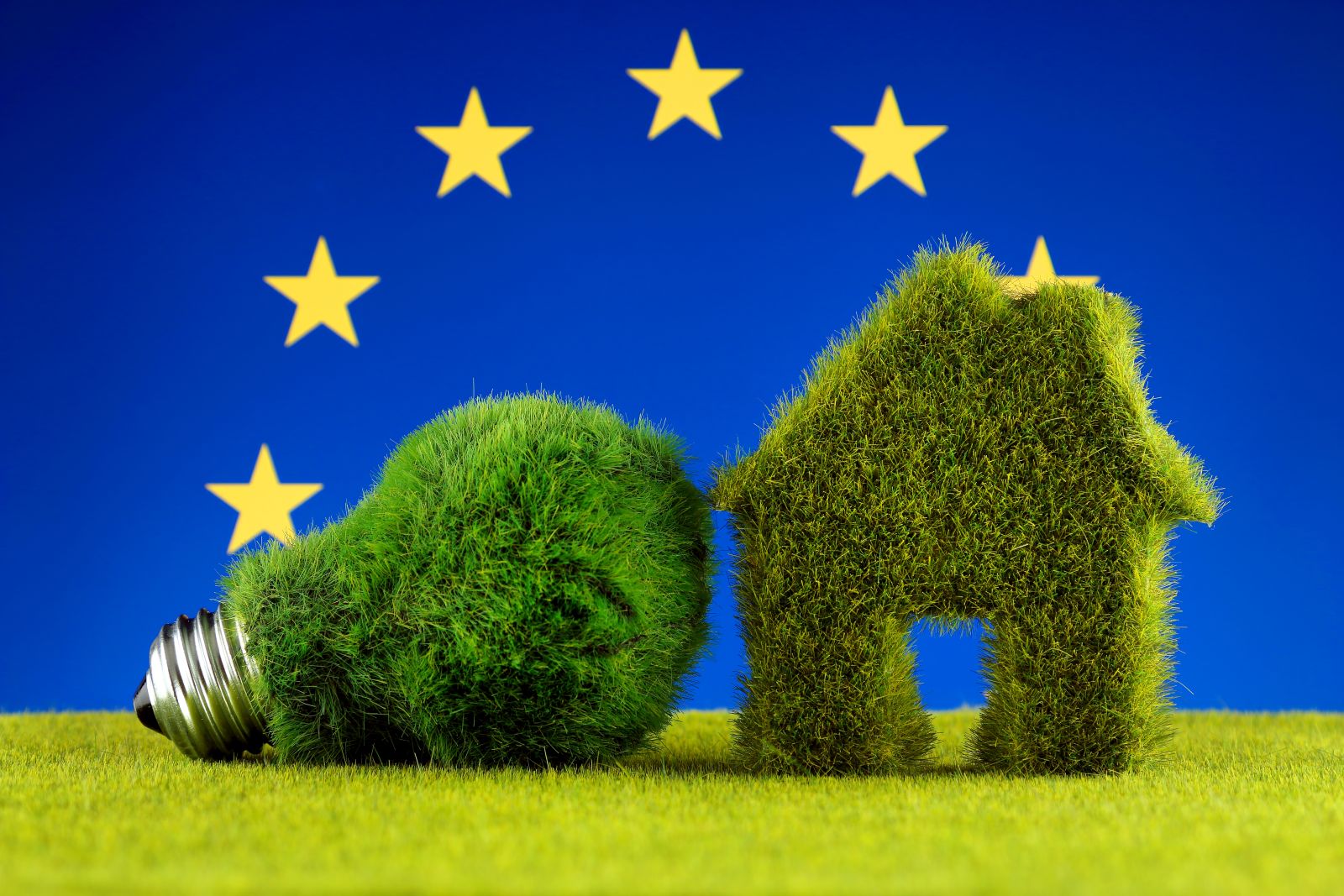

Tracking Milestones and Developments on the Path to Net Zero for the EU
The European Parliament plenary is currently taking place in Strasbourg. With this being the final plenary session before Parliament rises for the EU elections, there are some key pieces of legislation that Climate Bonds will be following the votes on.
In this update, we’ll cover some of the most important policy developments in the EU and take a look at how they’ll affect Europe’s journey to net zero, including:
Corporate Sustainability Due Diligence Directive
What is the aim of the CSDDD?
To make large EU and non-EU limited liability companies conduct human rights and environmental due diligence across their operations and value chains.
An EU-level supervisory body will enforce the CSDDD and any non-conforming companies will be liable for fines of up to 5% of the company’s net worldwide turnover. Most importantly, the CSDDD creates civil liability, meaning individuals who have experienced the adverse impacts will be able to bring claims against the company where there has been intent or negligence.
Who is impacted?
A gradual phase-in of this legislation over five years will impact EU companies starting with those with over 5000 employees and EUR1.5bn turnover and in the last phase companies with 1000 employees and a turnover of EUR450m (or non-EU companies with an EU-generated turnover of EUR450m) will also be included.
Why is it important?
While the due diligence requirements only directly apply to large EU-based companies or those with a large EU-derived turnover, these companies will now be examining their entire values chains to look for human rights and environmental abuses. This will create a matrix of accountability indirectly impacting a far wider number of businesses in and out of the EU.
As a result of the adoption of the EU CSDDD, a domino effect is likely to be observed at country level, as the governments who intend to trade with the EU will be obliged to shift their legislative frameworks and introduce similar human rights and environmental protections.
Most importantly the CSDDD clarifies the duties of directors as they will now be required to consider the human rights and adverse environmental effects of the decisions made when fulfilling their fiduciary duty. The CSDDD signals that the management of climate risks is central to ensuring the best interest of the company.
Why is it relevant to Climate Bonds?
The CSDDD will improve the risk-return profile of climate investments, by either reducing risks because of the risk management considerations introduced and might contribute to an increase of returns for low-carbon investments relative to high-carbon investments.
The CSDDD is likely to contribute to a boost in demand for green investments and therefore contribute to the transition of the economy.
Next steps
EU Parliament vote on adoption of the CSDDD at the plenary session.
By April 2026: 27 Member States to transpose the Directive into national law and communicate the relevant texts to the Commission.
Common Agricultural Policy (CAP)
What is the aim of the CAP?
The CAP aims to achieve three goals for the agricultural sector. First, it strives for a strong EU agricultural industry by ensuring stable food production and fair incomes for farmers. Second, the CAP emphasizes environmental sustainability, promoting practices that protect nature and combat climate change. Finally, it looks to foster development in rural areas, creating jobs and maintaining the economic and social well-being of these communities.
The CAP tackles these goals through a combination of financial support and regulations that focuses on income support, market measures, rural development funds.
Why is it important?
While the EU aims to support Ukraine by allowing duty-free exports of their crops, this has angered some European farmers. They fear being undercut by cheaper Ukrainian goods, adding to their existing frustrations with the Common Agricultural Policy (CAP). On the other hand, the disrupted global food market due to the war is pushing the EU to focus on its own food security. This might lead to CAP changes that encourage more production within the EU, potentially creating even more competition concerns if Ukrainian exports keep flowing. The situation highlights the delicate balancing act the EU faces in supporting Ukraine while ensuring the stability of its own agricultural sector.
Note: The EU hasn’t completely banned or imposed heavy tariffs, but it did agree to tougher restrictions on certain Ukrainian farm imports.
- EU Trade Support: The EU extended support for Ukrainian agriculture by suspending import duties and quotas on their exports until June 2025. This aims to help Ukraine’s struggling economy during the war.
- Challenges for Exports: Despite the EU support, there are concerns about Ukrainian agricultural exports. Some EU countries are worried about competition from cheaper Ukrainian goods disrupting their own markets.
- Planting Season: Spring planting in Ukraine is underway, but only at 15% of the planned area. This is likely due to the ongoing war and the disruptions it causes.
- Grain Exports: Ukraine’s grain exports in April are reportedly higher than last year, despite challenges.
Who is impacted?
Farmers
Why is it relevant to Climate Bonds?
Disruptions to Ukrainian grain exports could lead to a global food shortage and higher food prices. This might incentivize countries to invest in sustainable agriculture practices to boost domestic production and resilience.
Next steps
The agreement must now await final approval from both the EU Parliament and Council. The vote is expected to take place in the second part of the plenary and, if approved, it will enter into force on June 5, the expiration date for the current measures.
Nature Restoration Law (NRL)
Why is it important?
The European Parliament passed the EU Nature Restoration Law (NRL) on February 27th, 2024. However, its implementation is facing delays as several Member States have resisted supporting it, such as Italy, Sweden, the Netherlands, Hungary, Finland, and Poland. Currently, only one extra country could be enough for the text to become EU law and as the NRL has been on hold, there is likely a potential shift after the June elections.
What is the aim of the NRL?
It aims to tackle the widespread degradation of ecosystems across Europe. Here are some key points about the law:
- Targets: The law sets ambitious restoration goals. By 2030, at least 20% of Europe’s land and sea areas must be restored. The longer-term goal is to restore all ecosystems in need by 2050.
- Benefits: This restoration effort is expected to deliver a range of benefits. It will contribute to achieving the EU’s climate and biodiversity goals, improve food security, and reverse the damage done to many habitats.
- Implementation: The law entails responsibility for EU member states. They are required to develop national restoration plans outlining how they will achieve the set targets. Monitoring and reporting on progress are also mandated.
Who is impacted?
Farmers, businesses, member states and citizens.
Why is it relevant to Climate Bonds?
- Increased investment needs: Large-scale restoration efforts require significant funding. The law clearly requires investments in nature-based solutions, which could attract private capital alongside public funds.
- Disclosure requirements: Sustainable finance regulations like the EU Taxonomy and Corporate Sustainability Reporting Directive (CSRD) are likely to be strengthened to account for nature-related impacts. Businesses will need to disclose their impact on biodiversity and how their activities align with restoration goals.
- Risk management: Degraded ecosystems pose economic risks like floods and decreased crop yields. The law incentivizes businesses to invest in restoration, which can be seen as a risk mitigation strategy by reducing these environmental risks.
Next steps
EU nature restoration laws face a possible collapse as member states withdraw support. However, their fate will likely be decided only after the European elections in June.
Net Zero Industry Act (NZIA)
What is the aim of the NZIA?
The NZIA aims to support the development of net-zero technologies manufacturing in the EU, to support its climate targets and to ensure the security of supply for net-zero technologies needed for energy system resilience.
Why is it important?
The legislation has the potential to accelerate EU decarbonisation investment. Further policy support is needed as deployment of these technologies, such as heat pumps, solar PV, onshore and offshore wind, battery storage and numerous others, requires significant scaling to meet climate targets.
Who is impacted?
Primarily European manufacturers of net-zero technologies.
Why is it relevant to Climate Bonds?
Climate Bonds has criteria for many of the technologies covered by the NZIA. We want to see further investment in scaling these technologies, such as through green Use of Proceeds bonds. The NZIA offers an opportunity for the EU to support private investment in these technologies, such as through streamlining permitting, reforming EU public procurement and using EU funds to cover cost gaps between green technologies and high-emitting counterparts.
Next steps
The EU Parliament and Council came to a provisional agreement on the NZIA in February 2024.
This agreement has expanded the list of strategic technologies from the original Commission proposal. It added nuclear technologies and sustainable alternative fuels.
The co-rapporteurs and relevant Parliamentary committees voted to adopt the agreement, which will go to a vote at the April plenary session.
Energy Performance of Buildings Directive (EPBD)
 What is the aim of the Energy Performance of Buildings Directive?
What is the aim of the Energy Performance of Buildings Directive?
The EPBD is the core piece of legislation for harmonising sustainable buildings standards across the EU. It plays a crucial role within the framework of the EU Climate Law, Green Deal and Fit for 55 package. The political agreement reached in December 2023, and passed by the EU Parliament in March 2024, will require new buildings to be built to a zero-emission standard from 2030 but there is also an emphasis on driving renovation of existing buildings.
Read more about the EPBD in Climate Bonds’ blog here!
Why is it important?
The political agreement focuses on accelerating energy-efficient renovations in the worst-performing EU buildings by establishing Minimum Energy Performance Standards (MEPS) and national trajectories for renovation. These measures aim to drive significant improvements in building efficiency, reduce greenhouse gas emissions, and support the transition to a more sustainable built environment.
The EPBD agreement sets targets and timelines for MEPS, as well as a review clause, with the Commission assessing whether further binding measures at EU level will need to be introduced to achieve targets for 2030 and 2035.
Who is impacted?
- Member States, who are responsible for agreeing National Building Renovation Plans with the Commission, to set out paths for MEPS and national trajectories.
- Developers of new buildings will need to comply with new standards.
- Owners of buildings subject to MEPS and national trajectories for renovation will need to comply with the targets.
- A Delegated Act will set out parameters for a voluntary framework for mortgage portfolio standards.
Why is it relevant to Climate Bonds?
Climate Bonds has criteria for low-carbon buildings, including an update for New Buildings released in December 2023 and making the criteria closer in-line with the EU Taxonomy. We want to see investment driven into improving the energy performance of buildings and reducing Whole Life Carbon of the built environment.
Next steps
The EPBD was adopted by the EU Council in April 2024. It will next be published in the Official Journal of the EU.
As a Directive, Member States will have two years to transpose the EPBD into national legislation.
‘Til next time!
Climate Bonds
May 7, 2024
13:00 London / 14:00 Paris
Discover the transformative Electrical Utilities Criteria, now integral to the Climate Bonds Standard for entity certification, in our upcoming webinar.

22 – 23 May 2024
In-Person & Digital | The Biltmore Mayfair | London, UK
A new wave of new disclosure regulations presents fresh challenges to companies and investors whose sustainability credentials are already under fierce scrutiny.
Join government officials, investors, leading NGOs and corporates on 22nd – 23rd May in London for an in-depth exploration and discussion of the crucial themes defining the current sustainability agenda.
Please join Sean Kidney, CEO & Co-Founder, Climate Bonds Initiative and other speakers, including the Chair of ISSB, Vice Chairman of Roche, CEOs of ATP, European Climate Foundation,as well as the Commissioner for the US CFTC, plus many more.







